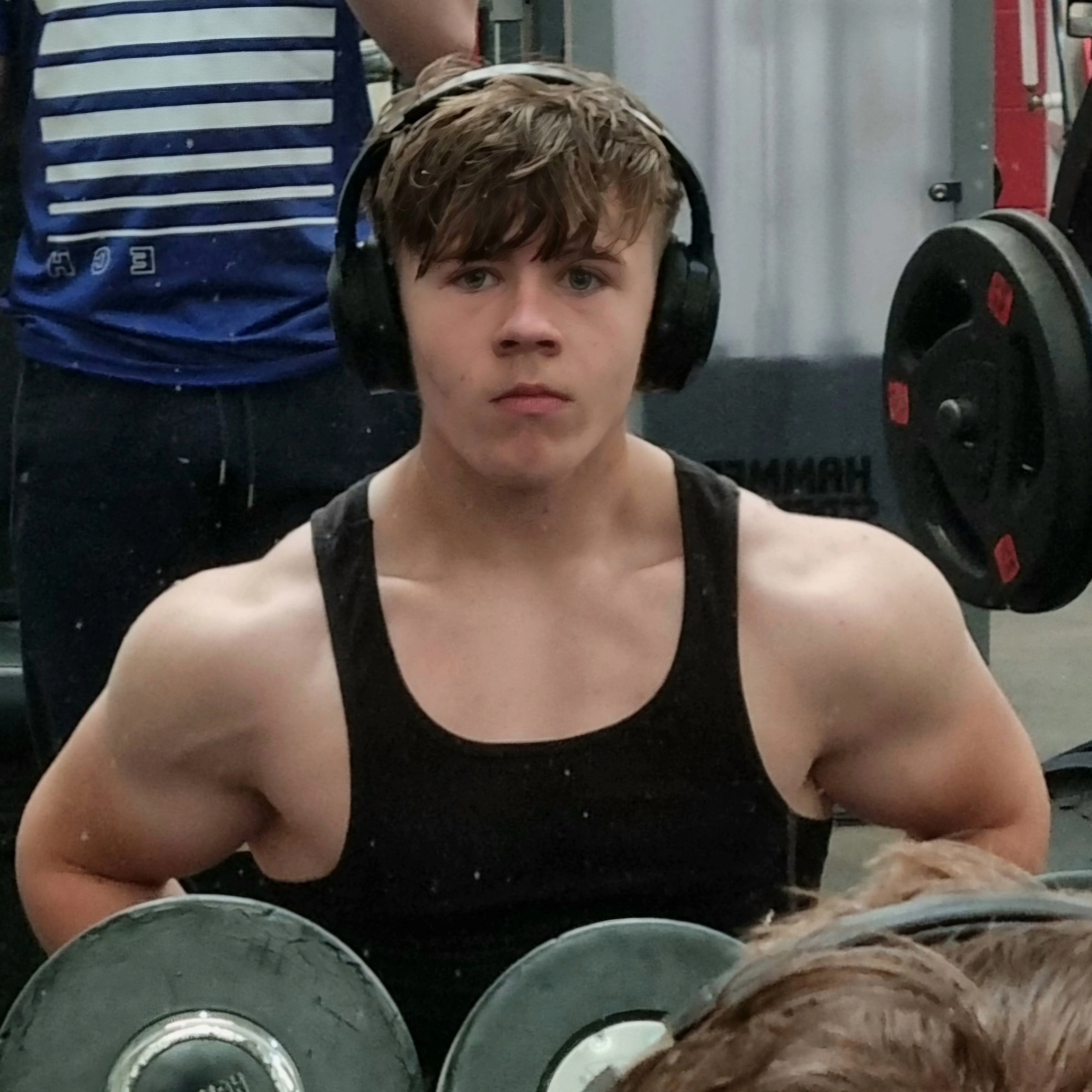Groups of Elements in Periodic Table
Cards (44)
- What are Group 1 elements known as?
- How does reactivity change as you go down Group 1?
- What happens when Alkali Metals react with water?
- What do Alkali Metals form when they react with non-metals?
- Why are Alkali Metals stored under oil?
- What is the general appearance of Alkali Metals?
- What happens to the outer electron in Alkali Metals?
- What are Group 2 elements known as?
- How does reactivity change as you go down Group 2?
- What happens when Alkaline Earth Metals react with water?
- What is the general appearance of Alkaline Earth Metals?
- What do Alkaline Earth Metals form when they react with non-metals?
- What is the trend in the melting points of Alkaline Earth Metals?
- What happens when Magnesium (Mg) reacts with water?
- What happens when Calcium (Ca) reacts with water?
- What are Group 7 elements known as?
- What is the trend in reactivity as you move down Group 7?
- What happens when Halogens react with metals?
- What happens when Halogens react with hydrogen?
- What is the general appearance of Halogens?
- What are the states of matter for Halogens at room temperature?
- What happens when Chlorine (Cl2) reacts with water?
- What happens when Iodine (I2) is placed in a solution of potassium iodide?
- What are Group 0 elements known as?
- What is a key property of Noble Gases?
- What happens to the boiling points of Noble Gases as you move down the group?
- What is the general appearance of Noble Gases?
- What are some common uses of Noble Gases?
- Why are Noble Gases used in light bulbs?
- What is the trend in atomic size for Noble Gases?
- What are Transition Metals?
- What is a key property of Transition Metals?
- What is a characteristic of Transition Metals’ reactivity?
- What happens to Transition Metals' melting points as you go down the group?
- What is a common use of Transition Metals?
- What is the appearance of most Transition Metals?
- Do Transition Metals form colorful compounds?
- What are Group 13 elements known as?
- What are Group 14 elements known as?
- What are Group 15 elements known as?
